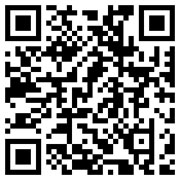Medical Cable
Comen 12-Pin to Massmo DB9 ETCO2 Adapter Cable Medical Consumables ETCO2 Extension Cable
- Product description: Comen 12-Pin to Massmo DB9 ETCO2 Adapter Cable Medical Consumables ETCO2 Extension Cable
The Comen Adapter Cable Medical Consumables Extension Cable is a medical accessory used to extend the connection between various medical devices, sensors, or monitoring equipment. It is typically designed to provide additional length or flexibility for cables that connect medical devices like patient monitors, ECG (electrocardiogram) machines, or other vital sign monitoring equipment to sensors or electrodes.
Function:
The primary function of the Comen Adapter Cable (or extension cable) is to:
· Extend the reach of medical device cables, allowing healthcare professionals to position sensors, electrodes, or other monitoring equipment more conveniently around the patient or in the treatment area.
· Ensure compatibility between different medical devices or equipment from different manufacturers, such as connecting a sensor to a monitoring system via an adapter.
· Maintain proper signal transmission between the medical equipment and the sensors by using high-quality, shielded cables that minimize signal loss or interference.
· Provide a safe and durable connection for critical medical monitoring equipment, ensuring that patients’ vital signs are being accurately tracked and transmitted to the monitoring system.
Applications:
1. Patient Monitoring in Hospitals:
o These cables are used in hospitals or clinics to connect various medical devices (like patient monitors) to sensors or electrodes, allowing continuous monitoring of patients' vital signs, such as heart rate, blood pressure, temperature, and respiratory rate.
2. Electrocardiogram (ECG) and Electroencephalogram (EEG) Monitoring:
o Adapter extension cables can be used to connect ECG or EEG leads to the monitoring equipment, particularly when the patient is far from the monitor or in a critical care setting.
3. ICU and Emergency Care:
o In intensive care units (ICU) or emergency rooms, where patients may need to be connected to multiple monitoring devices, extension cables can help ensure that the devices and sensors are positioned appropriately for accurate readings.
4. Surgical Settings:
o During surgery, extension cables can be used to connect patient monitors to sensors without compromising mobility or accessibility, ensuring that readings are continuously available to the surgical team.
5. Home Healthcare:
o For patients who need home monitoring equipment, adapter cables can be used to extend the reach of cables between sensors and monitors, making it easier for patients to move freely while being monitored.
6. Medical Equipment Testing and Calibration:
o Extension cables may be used in settings where medical equipment requires calibration or testing to ensure functionality, especially when devices are in use for extended periods or across large areas.
Benefits:
· Increased Flexibility and Convenience: The extension cable makes it easier to position medical sensors, monitors, and other devices, allowing for greater freedom of movement for both the patient and healthcare providers.
· Compatibility: The adapter cable ensures that devices with different connectors or interfaces can be properly linked together, enabling seamless operation across a range of medical equipment.
· Safe and Reliable: High-quality materials are used to ensure that these cables transmit signals accurately, without interference, to maintain the integrity of medical data (like ECG readings).
· Durable and Long-Lasting: Medical extension cables are usually made from durable materials to withstand the frequent handling, cleaning, and use in various healthcare environments.
· Cost-Effective: The use of extension cables can save hospitals or clinics the cost of purchasing separate, longer cables for each device, while maintaining proper functionality and patient safety.
Features and Specifications (may vary by manufacturer and model):
· Length: Typically, extension cables come in various lengths, ranging from a few feet to several meters, depending on the required application.
· Connectors: These cables are often equipped with specific connectors such as 3.5mm, DB9, RJ45, or proprietary connectors that are compatible with medical monitoring devices.
· Material: Medical-grade materials such as PVC or silicone for the cable insulation, ensuring safety, flexibility, and durability.
· Shielding: Many adapter cables are shielded to prevent electromagnetic interference (EMI) and maintain the integrity of the data being transmitted.
· Compatibility: Specifically designed to work with equipment from Comen or other brands, ensuring a secure and accurate connection between the devices.
Conclusion:
The Comen Adapter Cable Medical Consumables Extension Cable plays a crucial role in the flexibility and functionality of medical monitoring systems. By extending the reach of cables and ensuring compatibility between different pieces of equipment, these cables make it easier to monitor patients accurately and efficiently, especially in environments where mobility or device positioning is a concern (e.g., ICU, operating rooms, or home healthcare).
Categories
Latest News
Contact Us
Contact: Fiona Wu
Phone: 86 - 173 28414 818
Tel:
Add: 20, Changtian Road, Hengli, Dongguan, Guangdong, 523852, China
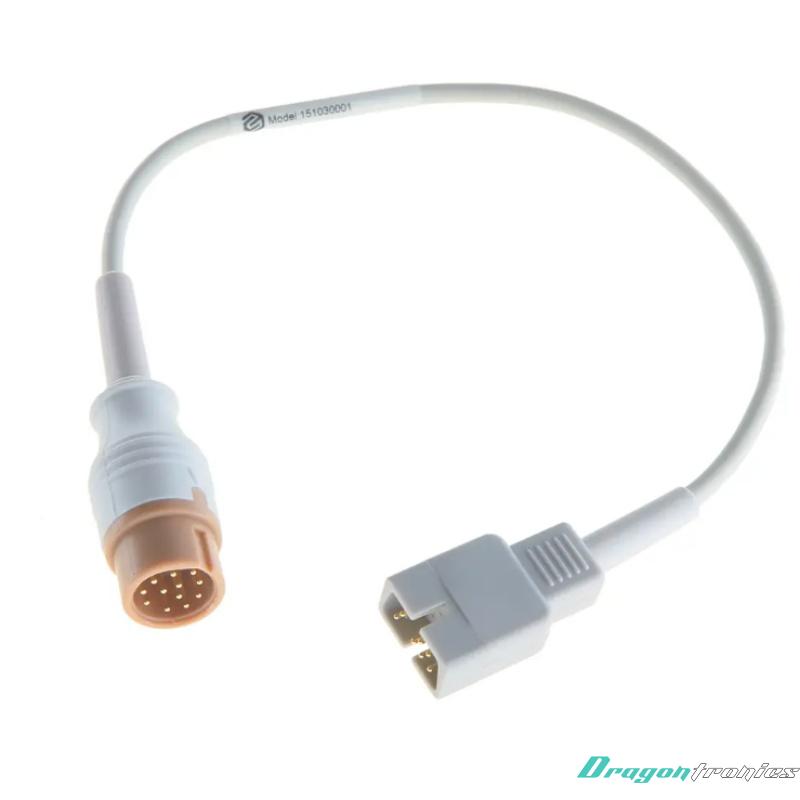
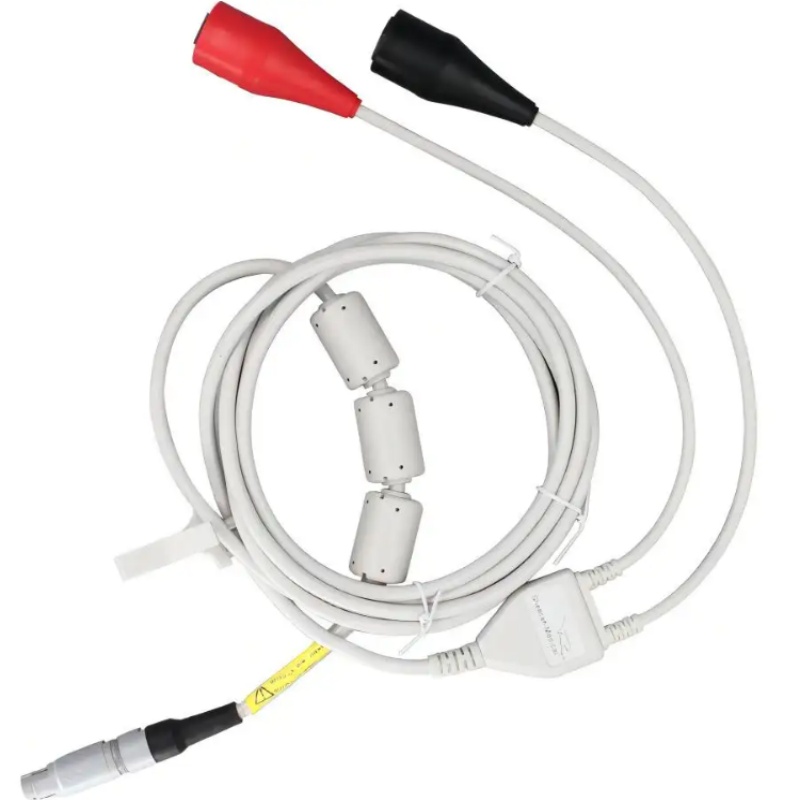
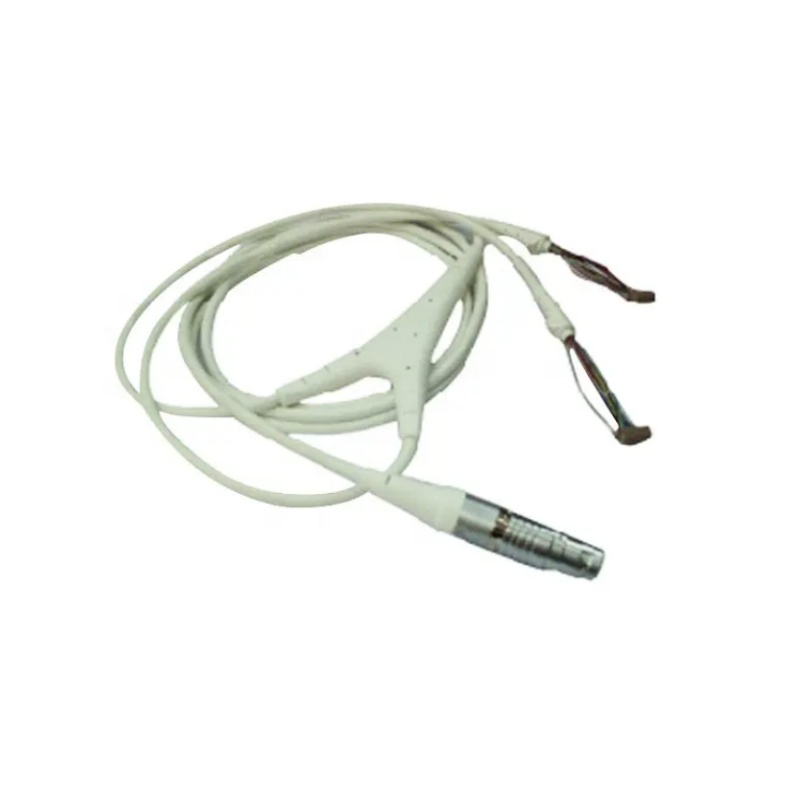
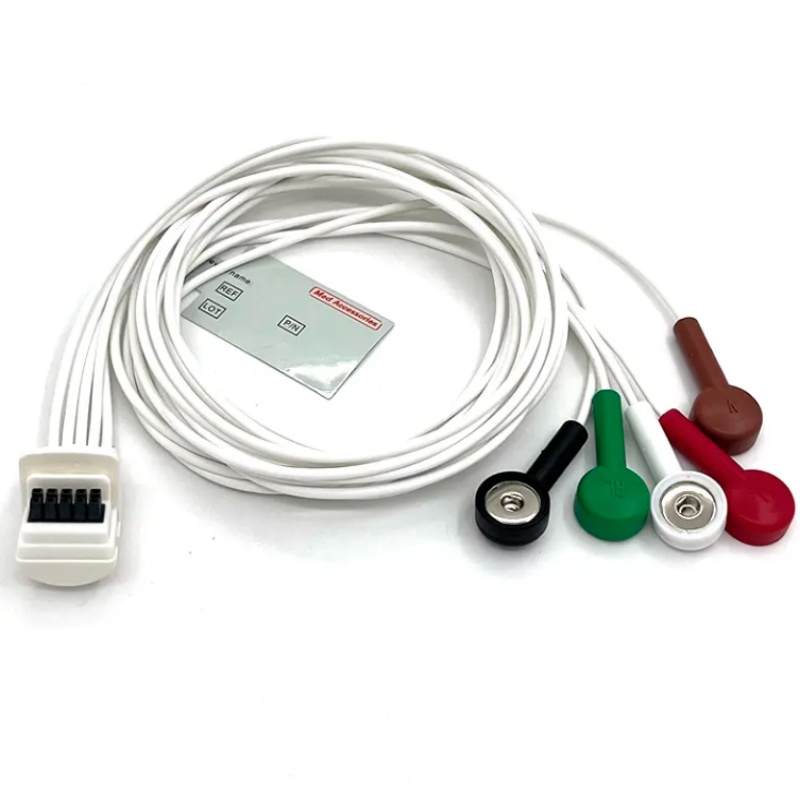
 Lankecms
Lankecms lankecms
lankecms
 Lankecms
Lankecms